23 1/2 x 15 3/4 x 11 inches (59.7 x 40 x 27.9 cm)
(Inventory #36966)
23 1/2 x 15 3/4 x 11 inches (59.7 x 40 x 27.9 cm)
(Inventory #36966)
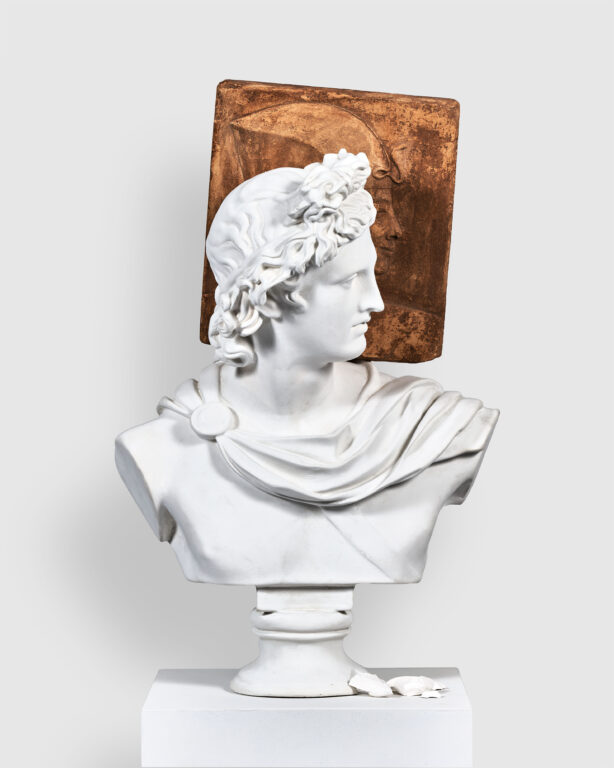
23 1/2 x 15 3/4 x 11 inches (59.7 x 40 x 27.9 cm)
(Inventory #36967)
23 1/2 x 15 3/4 x 11 inches (59.7 x 40 x 27.9 cm)
(Inventory #36967)
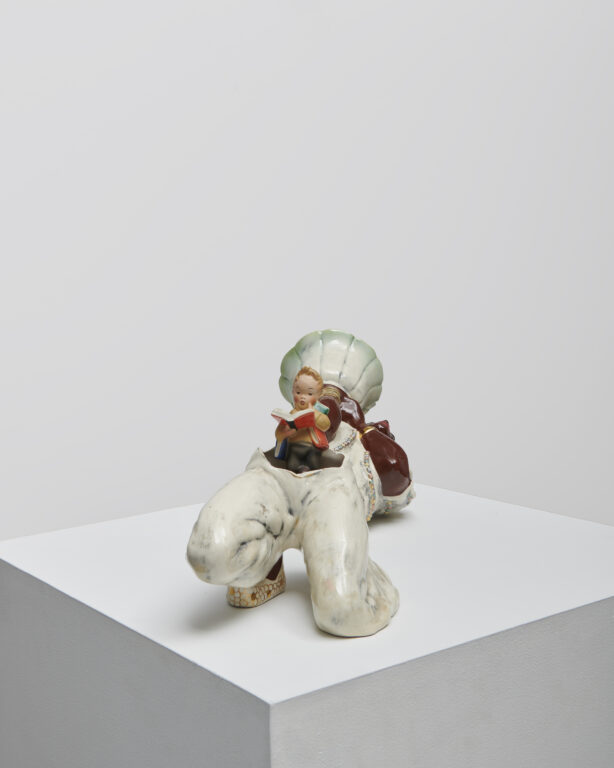
41 1/2 x 27 1/2 x 3 inches (105.4 x 69.9 x 7.6 cm)
(Inventory #36970)
41 1/2 x 27 1/2 x 3 inches (105.4 x 69.9 x 7.6 cm)
(Inventory #36970)
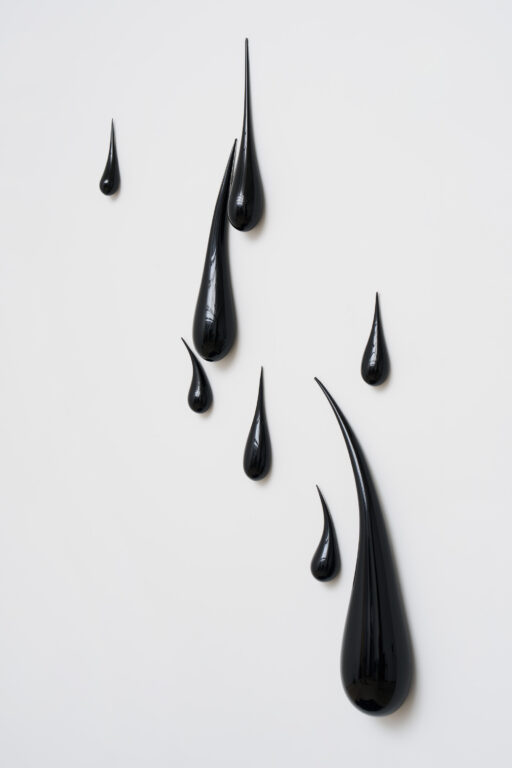
Paper size (each): 23 x 30 inches (58.4 x 76.2 cm) each
Edition of 24
Signed and dated in graphite on colophon page
(Inventory #36381)
Paper size (each): 23 x 30 inches (58.4 x 76.2 cm) each
Edition of 24
Signed and dated in graphite on colophon page
(Inventory #36381)
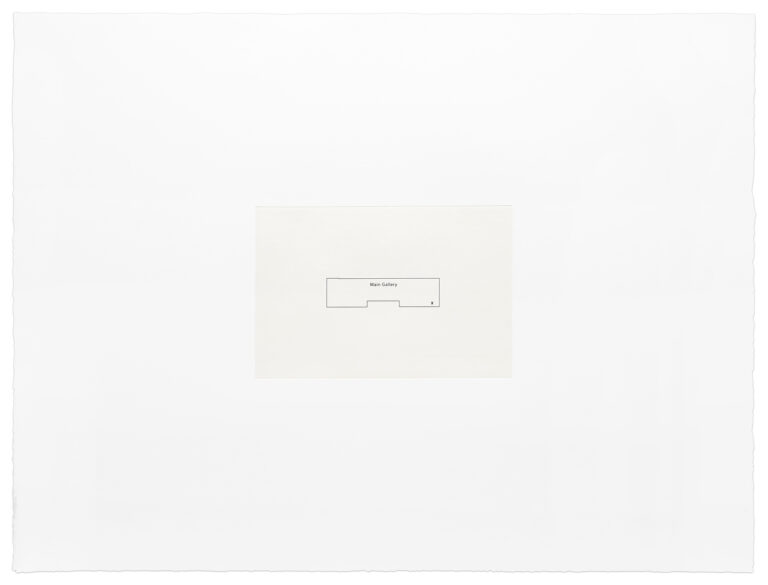
12 x 9 x 9 inches (30.5 x 22.9 x 22.9 cm)
Signed and dated on the bottom of the base
(Inventory #34444)
12 x 9 x 9 inches (30.5 x 22.9 x 22.9 cm)
Signed and dated on the bottom of the base
(Inventory #34444)
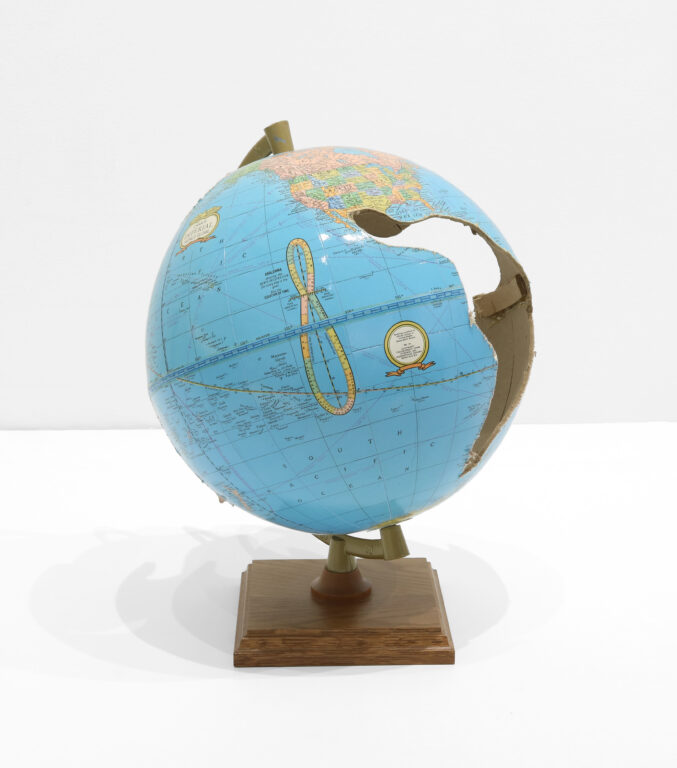
Edition of 25
Image size: 20 x 24 inches (50.8 x 61 cm)
Paper size: 30 1/2 x 34 inches (77.5 x 86.4 cm)
Signed and numbered
(Inventory #31758)
Edition of 25
Image size: 20 x 24 inches (50.8 x 61 cm)
Paper size: 30 1/2 x 34 inches (77.5 x 86.4 cm)
Signed and numbered
(Inventory #31758)

Edition of 20
Image size: 20 x 24 inches (50.8 x 61 cm)
Paper size: 30 1/2 x 34 inches (77.5 x 86.4 cm)
Signed and numbered
(Inventory #31757)
Edition of 20
Image size: 20 x 24 inches (50.8 x 61 cm)
Paper size: 30 1/2 x 34 inches (77.5 x 86.4 cm)
Signed and numbered
(Inventory #31757)
Image sizes vary for each
Paper size: 32 x 24 1/2 inches each (81.3 x 62.2 cm each)
Frame size: 34 3/4 x 27 3/8 inches each (88.3 x 69.5 cm each)
Edition of 18
Signed and dated lower right, numbered lower left and titled lower center in graphite on each sheet
(Inventory #30230)
Image sizes vary for each
Paper size: 32 x 24 1/2 inches each (81.3 x 62.2 cm each)
Frame size: 34 3/4 x 27 3/8 inches each (88.3 x 69.5 cm each)
Edition of 18
Signed and dated lower right, numbered lower left and titled lower center in graphite on each sheet
(Inventory #30230)
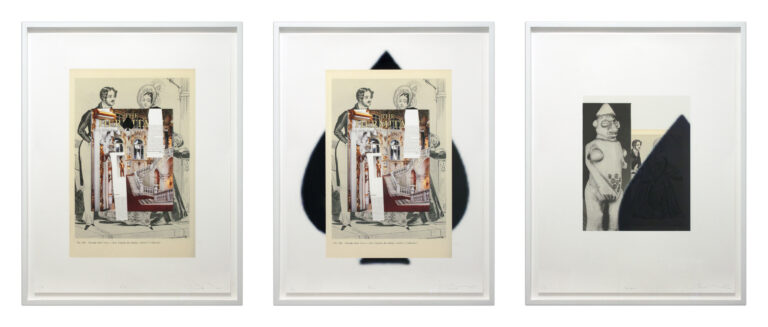
Edition of 3
27 1/8 x 40 1/8 inches (68.9 x 101.9 cm)
Signed and numbered on reverse
(Inventory #32657)
Edition of 3
27 1/8 x 40 1/8 inches (68.9 x 101.9 cm)
Signed and numbered on reverse
(Inventory #32657)
Edition of 3
27 1/8 x 40 1/8 inches (68.9 x 101.9 cm)
Signed and numbered on reverse
(Inventory #32656)
Edition of 3
27 1/8 x 40 1/8 inches (68.9 x 101.9 cm)
Signed and numbered on reverse
(Inventory #32656)
Edition of 3
27 1/4 x 40 1/8 inches (69.2 x 101.9 cm)
Signed and numbered on reverse
(Inventory #32648)
Edition of 3
27 1/4 x 40 1/8 inches (69.2 x 101.9 cm)
Signed and numbered on reverse
(Inventory #32648)
Edition of 3
27 1/8 x 40 1/8 inches (68.9 x 101.9 cm)
Signed and numbered
(Inventory #31793)
Edition of 3
27 1/8 x 40 1/8 inches (68.9 x 101.9 cm)
Signed and numbered
(Inventory #31793)
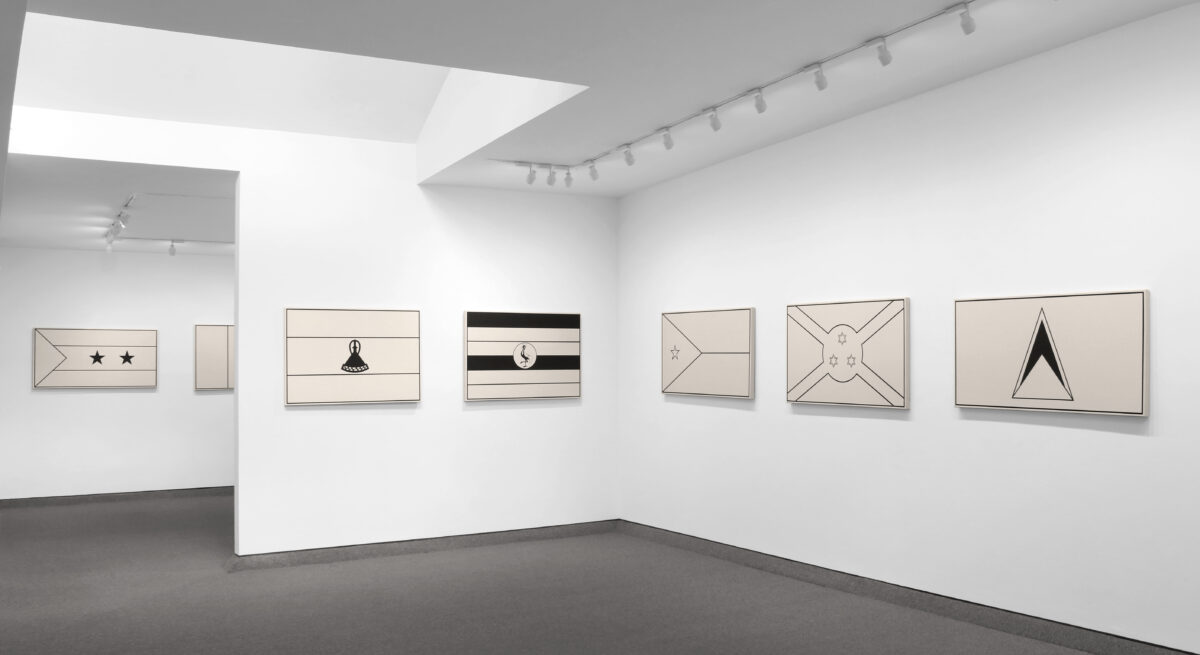
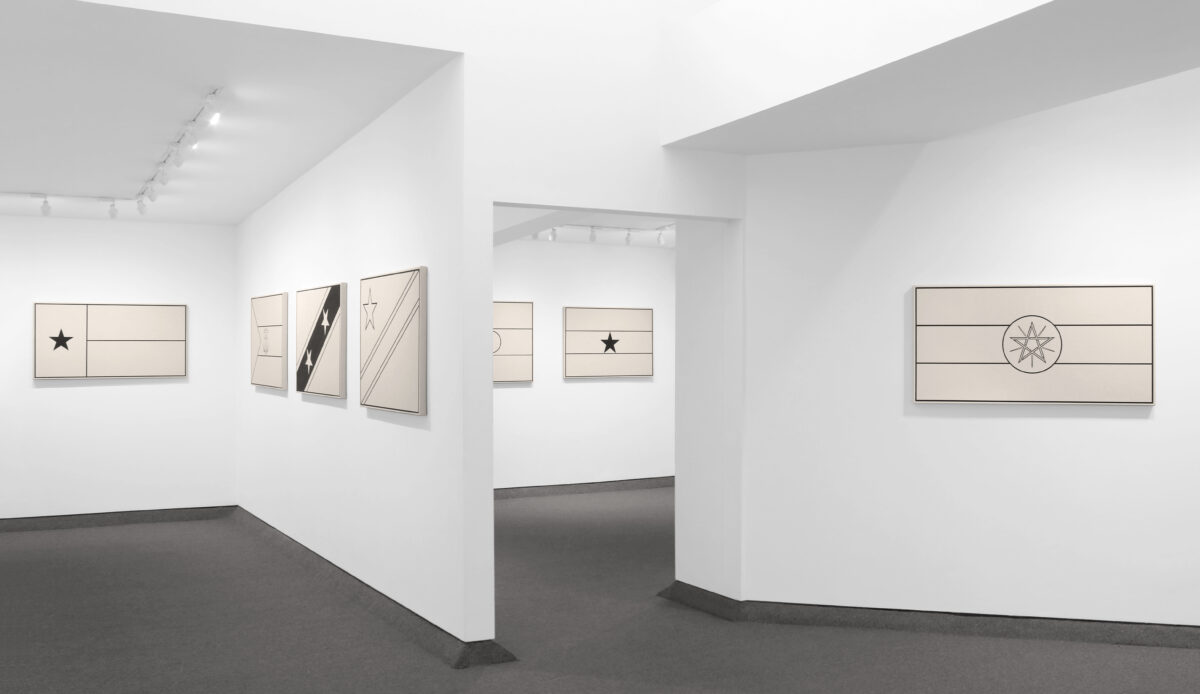
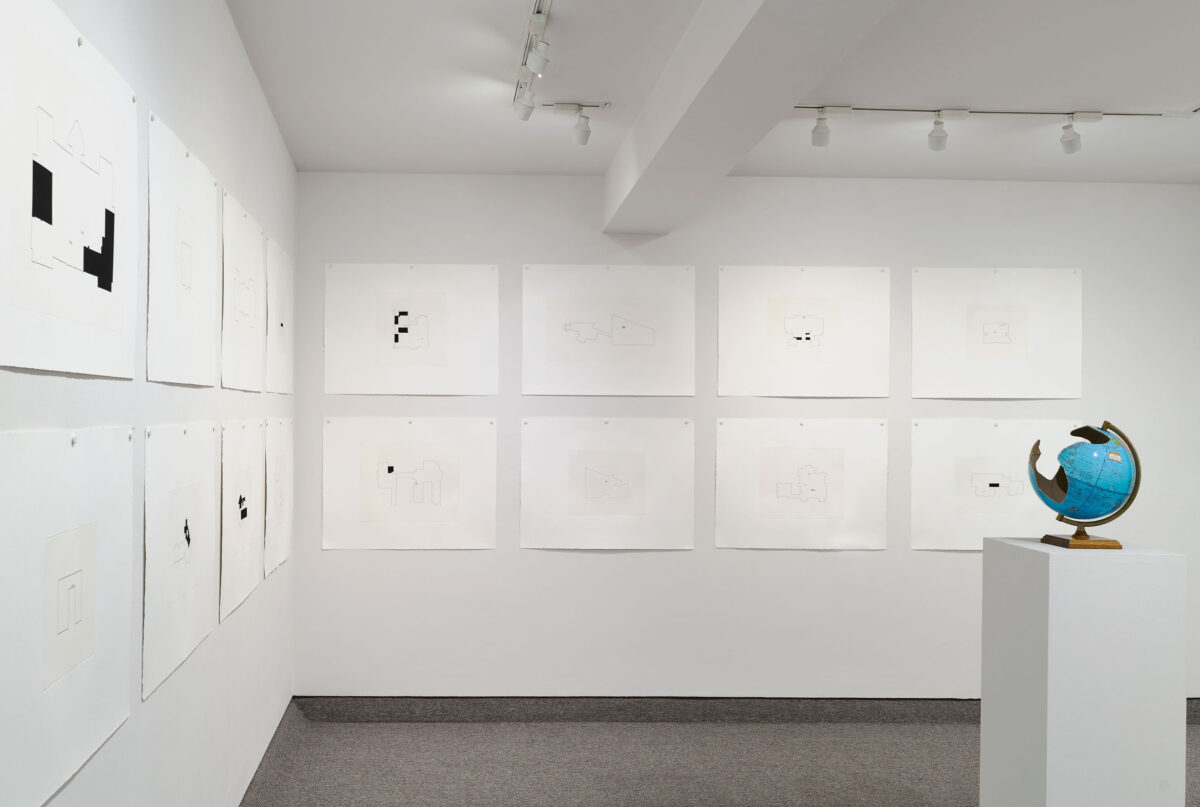
10 Newbury Street, Boston, Massachusetts 02116
617-262-4490 | info@krakowwitkingallery.com
The gallery is free and open to the public. Please note our summer schedule:
July 1–25
Tuesday – Friday, 10–5:30
July 29 – September 1
Open by appointment
Beginning September 2
Tuesday – Saturday, 10–5:30